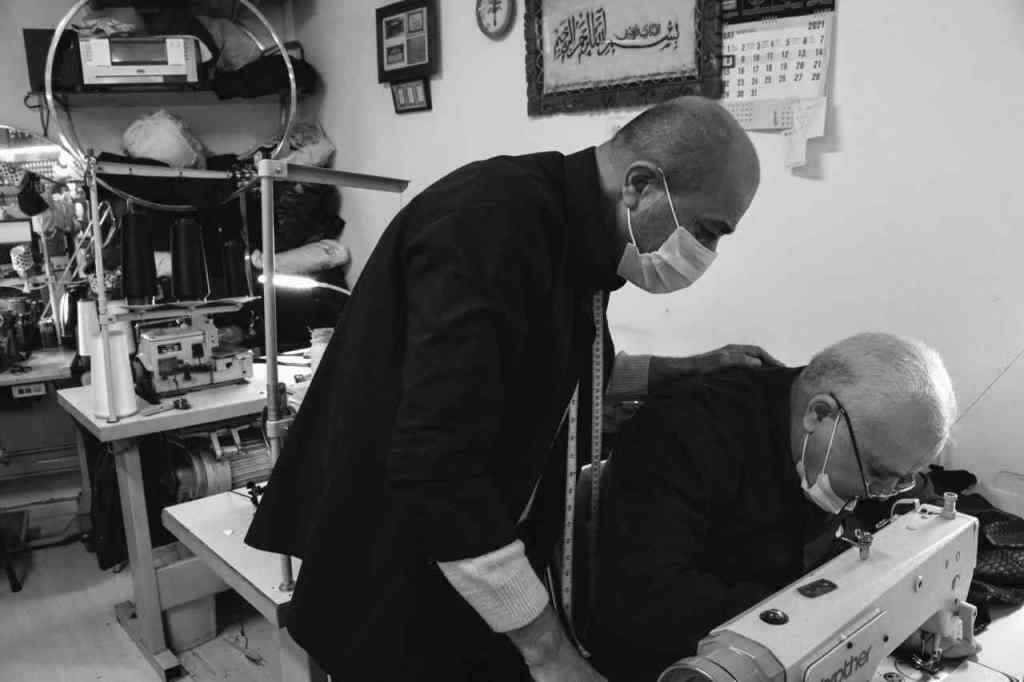Taylor Swift’s Eras Tour: An Economic Force in Europe,
Move over, Bitcoin. Step aside, NFTs. There’s a new force impacting European economies, and her name is Taylor Swift. The pop superstar’s Eras Tour isn’t just a display of dazzling costumes and passionate singalongs – it’s become a major economic event that has even the keen eyes of the European Central Bank paying attention. Who knew that belting out “Shake It Off” could translate into actual economic shaking?
The ECB Takes Note: When Taylor Met Inflation
You know you’ve hit peak cultural relevance when even central bankers are cracking jokes about you. Philip Lane, the European Central Bank’s chief economist, did just that when discussing the potential economic impact of summer in Europe. When an interviewer asked about inflation risks within the service sector, Lane humorously pointed out a glaring omission: “You’ve forgotten to mention Taylor Swift.”
It was a lighthearted moment, but it underscored a very real point: the sheer volume of tourism and spending generated by Swift’s tour is significant enough to register on the radar of those tasked with monitoring Europe’s economic health.
The “Taylor Swift Effect”: More Than Just Friendship Bracelets
Swifties – the devoted fans who snap up Taylor Swift concert tickets faster than you can say “Lavender Haze” – are known for their dedication. And that dedication translates into cold, hard cash flowing into the cities lucky enough to host the Eras Tour.
We’re talking hundreds of thousands of fans descending upon European destinations, and all those fans need places to stay, food to eat, and, of course, mountains of merch to commemorate the experience. Airfare, hotels, restaurants – all get a boost from the “Taylor Swift Effect.” And let’s not forget the frenzy over those coveted friendship bracelets, traded amongst fans with an almost stock-market-like fervor.
Wembley Stadium: A Case Study in “Swiftonomics”
The impact of the Eras Tour is perhaps most evident in cities hosting multiple shows. Take London’s Wembley Stadium, for instance. With eight sold-out shows on the books, the iconic venue is bracing itself for an estimated 700,000 Swifties to descend upon its hallowed grounds. That’s right, 700,000! To put that in perspective, that’s more people than the entire population of Iceland, all united by their love for catchy lyrics and sparkly outfits.
The economic ripple effect is difficult to ignore. Hotels near Wembley are reporting record bookings, often at significantly inflated rates. Local pubs and restaurants are anticipating a surge in business, stocking up on supplies and scheduling extra staff to handle the influx of hungry and thirsty fans. Transportation systems are gearing up for the logistical challenge of ferrying hordes of Swifties to and from the venue. It’s safe to say that Taylor Swift is giving London’s economy a significant, albeit temporary, boost.
Calculating the Impact: Economists Weigh In
While the “Taylor Swift Effect” is visibly tangible – just look at the lines outside any Eras Tour venue – quantifying the precise economic impact is a bit trickier. Economists are currently engaged in a lively debate, crunching numbers and analyzing data to determine the full scope of the tour’s influence.
Direct spending by concertgoers is, of course, the most obvious factor. Ticket sales, merchandise purchases, travel expenses, and dining out all contribute to the immediate economic boost. However, there’s also the ripple effect of indirect spending to consider. The tour creates jobs in various sectors, from stage production and catering to hotel cleaning and security. The increased demand for goods and services puts upward pressure on prices – which can be good for businesses but also contribute to inflation. And let’s not forget the long-term benefits of tourism, as some Swifties might extend their trips to explore more of Europe, injecting even more cash into local economies.
It’s a complex equation with numerous variables, and economists will likely continue to study the “Taylor Swift Effect” for years to come. It’s not every day that a pop star becomes an economic case study, but hey, Taylor Swift has never been one to shy away from breaking records.
The Eras Tour: A Sign of the Times?
Beyond the economic data and the lighthearted jokes from central bankers, the Eras Tour highlights a broader trend: the increasing influence of entertainment and pop culture on the global stage. In a world grappling with economic uncertainty and geopolitical tensions, perhaps it’s no surprise that people find solace and escapism in shared experiences like massive concerts.
Taylor Swift’s ability to draw in hundreds of thousands of fans and generate significant economic activity speaks to the power of music, community, and yes, even sparkly costumes. It’s a reminder that even in the midst of complex global challenges, sometimes a catchy tune and a shared love for a talented artist can bring people together and, just maybe, give the economy a little boost along the way.
